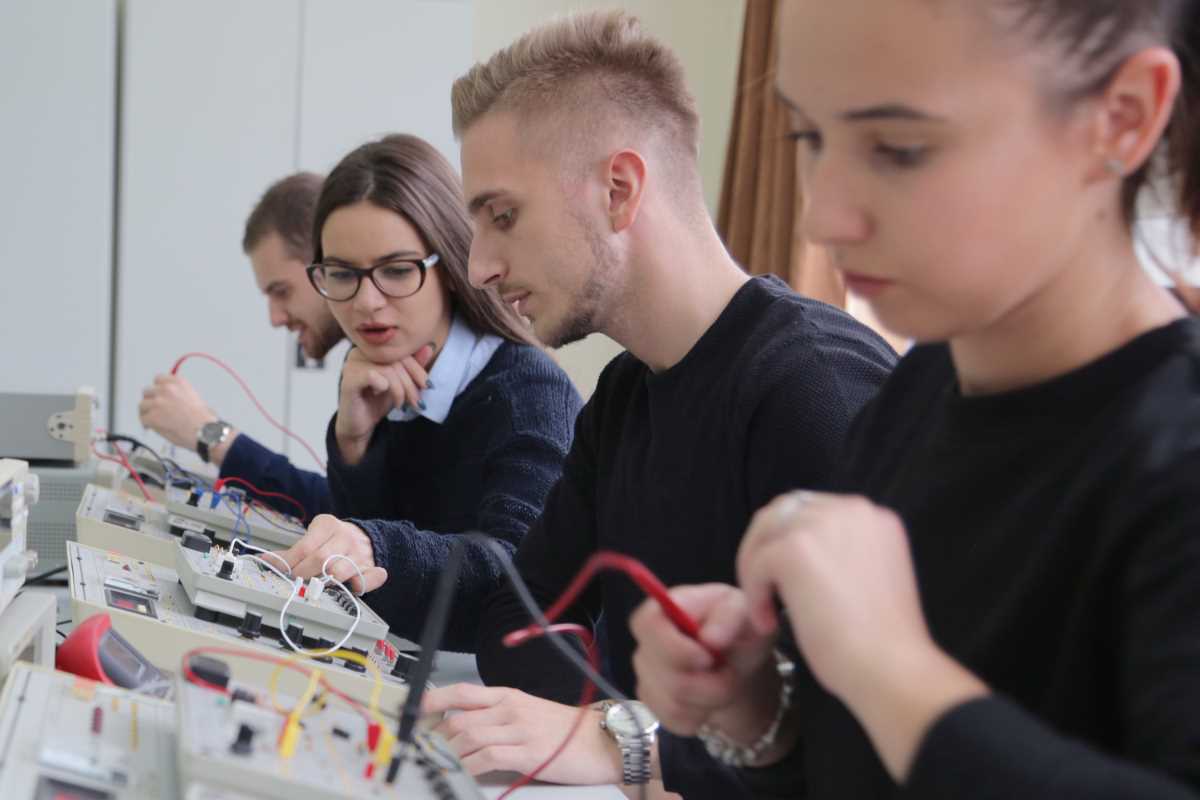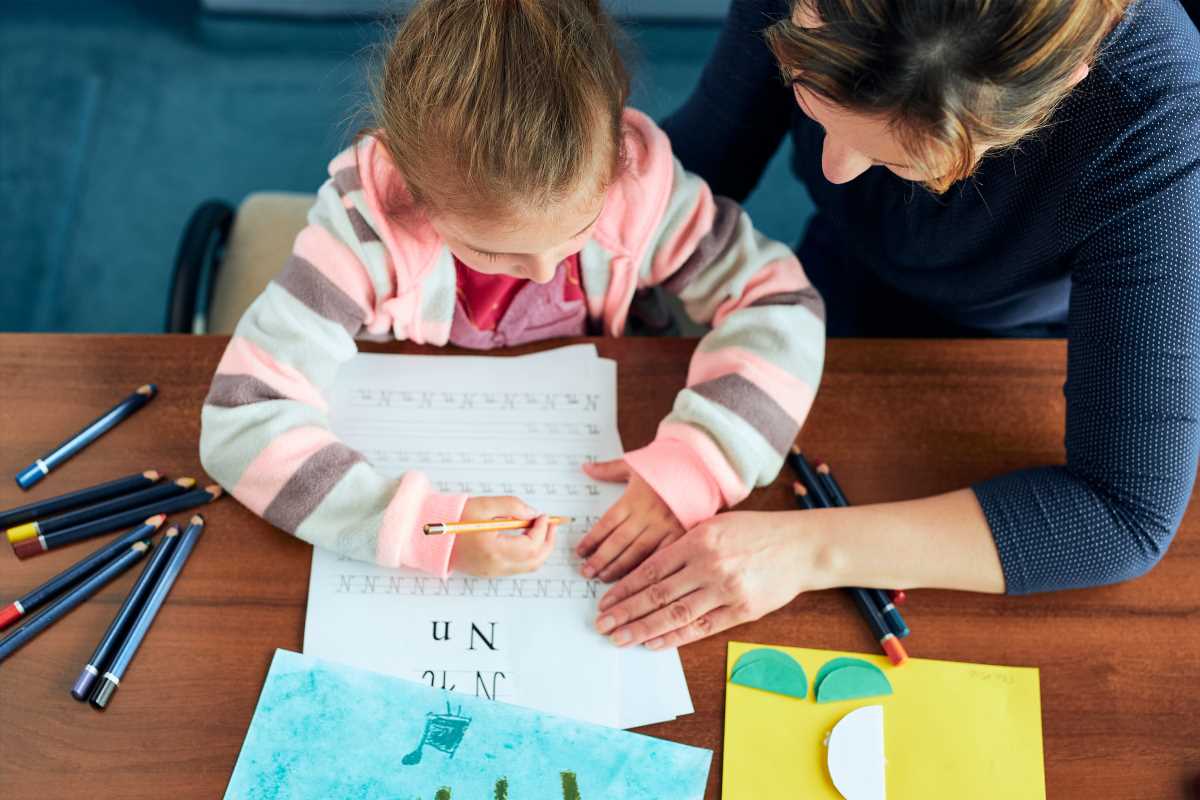High school robotics competitions serve as dynamic platforms for young individuals to engage in collaborative problem-solving, innovation, and technical exploration. They provide a unique setting where students can refine their engineering skills and acquire knowledge through hands-on experiences. These events facilitate a diverse range of learning opportunities by encouraging team collaboration, creative thinking, and practical application of scientific concepts.
Unfortunately, the participant landscape within these events displays notable gender imbalances that merit attention. Recognizing and understanding the subtleties of gender dynamics is critical in developing strategies that promote a balanced representation of all genders. Establishing an inclusive atmosphere not only empowers every student to contribute their unique perspectives but also enriches the overall competitive experience. A concerted effort to address these disparities can transform robotics competitions into truly equitable forums where future innovators thrive and diverse talents are celebrated. Such efforts foster excellence and empowerment, equipping students to face future challenges in a dynamic world.
Current Gender Representation in Robotics Competitions
- Approximately 30% of participants in high school robotics competitions are female, a number that has remained relatively stagnant over the past five years.
- Male students hold leadership roles within robotics teams, occupying around 70% of captain and project lead positions.
- Schools in urban areas tend to have higher female participation rates compared to those in rural settings.
- Co-ed teams have gradually increased, yet single-gender teams still make up the majority.
- Participation rates vary significantly across different regions, reflecting broader societal gender norms and access to resources.
Challenges Faced by Participants
- Female students lack role models and mentors within the robotics community, making it difficult for young women to envision themselves in leadership roles.
- Implicit biases and stereotypes discourage girls from pursuing interests in STEM fields, including robotics.
- Female students face limited access to resources and support, such as funding, equipment, and training opportunities.
- Social pressures and expectations prioritize traditional gender roles, leading to lower confidence levels among female participants.
- Promotional materials and media inadequately represent female members, often highlighting male teams and overlooking their contributions.
These challenges do not exist in isolation but connect with the broader framework of STEM competitions, where gender disparities influence participation rates and the overall dynamics of the teams.
Promoting Gender Equality
- Implementing mentorship programs connects female students with women professionals in STEM fields.
- Providing targeted scholarships and funding opportunities supports female participation in robotics.
- Conducting workshops and training sessions addresses unconscious biases and promotes an inclusive team culture.
- Encouraging schools to adopt inclusive recruitment practices actively seeks to balance gender representation on robotics teams.
- Creating awareness campaigns highlights the importance of diversity in robotics and its impact on innovation.
Impact on Education and Career Paths
The dynamics within high school robotics competitions have far-reaching implications beyond the competitions themselves. Participation in these events equips students with critical thinking, problem-solving, and teamwork skills that many colleges and employers value. For female students, overcoming the challenges in robotics competitions can boost their confidence and increase their inclination towards pursuing STEM degrees and careers. Promoting gender equality in these competitions contributes to a more diverse and innovative workforce in the future, as it ensures that different perspectives are represented in technological advancements and engineering solutions.
Educational institutions that prioritize gender balance in robotics also benefit from a more inclusive learning environment. This inclusivity fosters a culture of mutual respect and collaboration, which can enhance the overall educational experience for all students. Addressing gender disparities in robotics competitions aligns with broader educational goals of equity and access, ensuring that every student has the opportunity to explore and develop their interests and talents regardless of gender.







